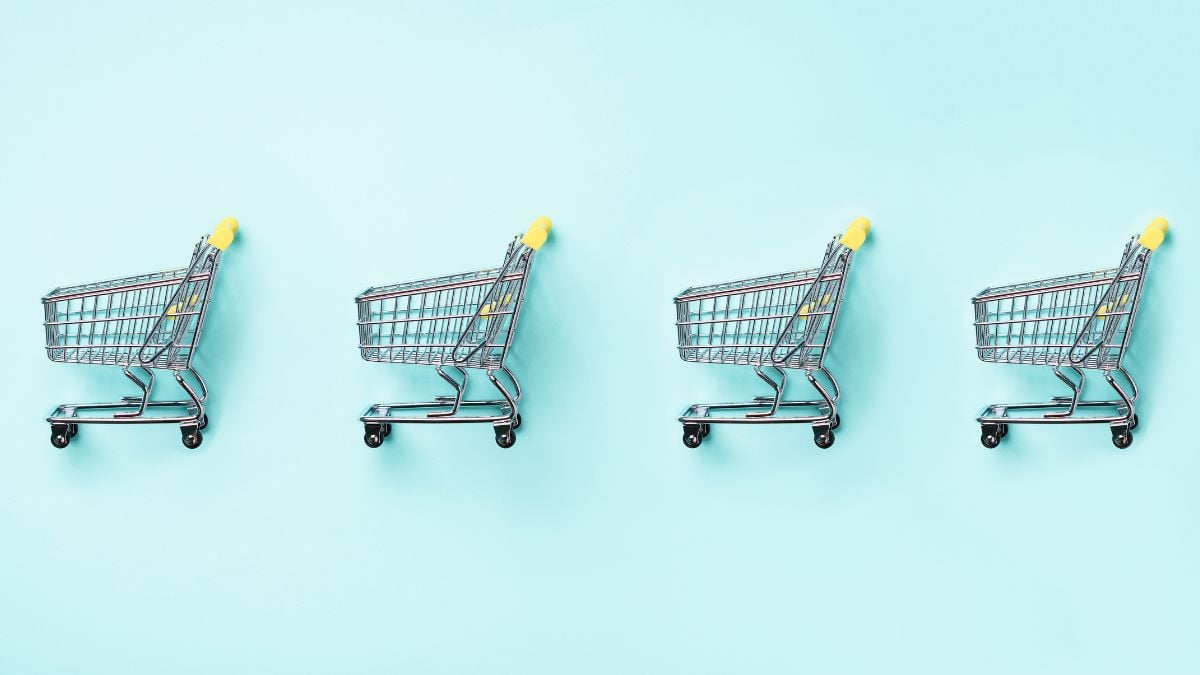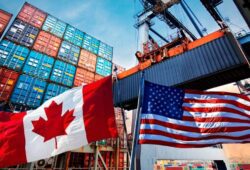
What are the most valuable retail brands in the world? The Kantar BrandZ 2025 report, one of the most respected global studies on brand value, revealed that the retail sector experienced the highest value growth over the past year, outperforming any other category. With a global increase of 48% in 2025, retail not only recovered from post-pandemic effects but also established itself as a driver of innovation, differentiation, and value in consumers’ minds.
READ ALSO. Kantar’s 100 Most Valuable Brands in 2025: Here’s the Complete List
Which brands lead the Top 20 global retail ranking in 2025?
According to Kantar, the 20 most valuable retail brands in the world in 2025 have a combined value of $933.1 billion, led by three giants with very different business models. The figures below are in millions of dollars:
- Amazon – $338,499 M (83% growth)
- Walmart – $119,580 M (72% growth)
- Costco – $100,809 M (67% growth)
- The Home Depot – $89,230 M (19% growth)
- Lowe’s – $30,859 M (16% growth)
- IKEA – $25,673 M (17% growth)
- Mercado Libre – $24,551 M (66% growth)
- Tmall (Alibaba Group) – $24,488 M (5% growth)
- Aldi – $23,386 M (11% growth)
- Pinduoduo – $20,369 M (no growth)
- Sam’s Club – $17,661 M (57% growth)
- Taobao (Alibaba Group) – $15,740 M (17% growth)
- Lidl – $15,455 M (17% growth)
- Target – $14,675 M (6% growth)
- TJ Maxx – $14,580 M (8% growth)
- eBay – $13,038 M (26% growth)
- 7-Eleven – $12,055 M (no growth)
- Whole Foods (Amazon) – $10,936 M (no previous data)
- JD (Alibaba Group) – $10,895 M (no previous data)
- Woolworths – $10,618 M (-2% decline)
ALSO READ. CFO vs. CMO: The disagreement that can kill your marketing budget
🛒 Why are retail brands growing so much?
The report highlights that much of this growth is due to brands that have evolved their categories or reinvented their business model. Amazon is the most emblematic case: its expansion to over 100 countries, the Prime ecosystem, and its investments in advertising, health, logistics, and video have redefined what consumers expect from ecommerce.
Moreover, according to Kantar, pricing power has become a key differentiator. Brands that create a “meaningfully different” connection with consumers can justify higher prices without losing demand—an essential trait in inflationary times.
READ ALSO. Top 10 Marketing Skills for 2025 (According to Global CMOs)
🌍 Noteworthy retail brands that are NOT from the United States
Although U.S. brands dominate the list, there are several notable examples outside the country:
- Mercado Libre (Argentina): Positioned as the most valuable retail brand in Latin America, standing out for its payments and last-mile delivery ecosystem.
- IKEA (Sweden): With a value of $25,673 M, it has tripled its value since 2006 thanks to a highly differentiated and sustainable brand proposition.
- Lidl (Germany): Its offering of quality products at low prices has created significant differentiation, reaching $15,455 M in 2025.
- Tmall, Pinduoduo, JD, Taobao (China): Represent the sophistication of China’s ecommerce ecosystem, including innovations like influencer livestreaming sales and shopping festivals such as Singles Day.
READ ALSO. What tools do AI engineers use? A practical guide for curious marketers
📦 What trends have redefined brand value in retail?
1. The rise of ecommerce and ‘shoppertainment’
The total value of ecommerce brands has risen from 14% in 2006 to 48% in 2025. This is due to emerging models like Tmall, Douyin (TikTok), and Pinduoduo, which blend entertainment with live shopping, personalized recommendations, and gamified rewards.
2. Private labels and store brands
Retailers like Aldi, Lidl, Walmart, and Target have strengthened their private label lines, combining low prices with appealing design and perceived quality. This strategy has been key to competing in inflationary markets.
3. Hybrid physical-digital model
Chains like Costco, Sam’s Club, and The Home Depot have shown that physical formats can thrive when combined with digital experiences, memberships, efficient delivery, and personalized service.
READ ALSO. How to avoid the KPI trap: the art of not measuring just to measure
Apple, the world’s most valuable brand for the fourth consecutive year
The U.S. brand Apple ranks first with an estimated value of $880.5 billion. The company stands out for its integrated ecosystem of products and services, continuous innovation, and emotional connection with consumers. It is followed by Google in second place with $578 billion, and Microsoft in third with $502 billion.
This year’s Top 10 most famous and valuable brands also includes Amazon, McDonald’s, NVIDIA, Visa, Facebook, Tencent, and Louis Vuitton.
Top 10 Global Brands 2025
Kantar’s Top 10 most valuable global brands reflect a technological predominance, with a resurgence in total value after a drop in 2023. Here they are:
| Rank | Brand | Estimated Value (USD) | Sector |
|---|---|---|---|
| 1 | Apple | $880.5B | Technology |
| 2 | $578.7B | Technology | |
| 3 | Microsoft | $502.6B | Technology |
| 4 | Amazon | $468.7B | Retail/Tech |
| 5 | McDonald’s | $221.9B | QSR |
| 6 | NVIDIA | $201.8B | Semiconductors |
| 7 | Visa | $194.1B | Financial Services |
| 8 | $171.7B | Social Media | |
| 9 | Tencent | $161.3B | Digital Entertainment |
| 10 | Louis Vuitton | $145.9B | Luxury |
READ ALSO. Is taurine linked to blood cancer? Which drinks contain it?
Key metrics of the BrandZ model
Brand value is measured using the formula:
Brand Value = Branding Contribution x Financial Performance
Brand dimensions include:
- Brand salience: How easily do consumers think of the brand?
- Meaningful relevance: How useful and distinct is the brand in consumers’ lives?
- Perceived differentiation: How unique is the offering?
READ ALSO. How to get a FREE taco at Taco Bell? We’ll tell you
📉 What challenges do traditional brands face?
The report notes that food, beverage, fashion, and personal care brands have seen flat or negative growth:
- Apparel (0%): Brands like Uniqlo and Zara are exceptions, but the category overall is stagnant.
- Food & Beverages (-1%): Despite Coca-Cola’s stability, other brands face pressure from health trends.
- Personal Care (-5%): Habit changes and emerging brands are challenging legacy players.
- Alcohol (-11%): Lower consumption and fragmented flavor preferences dilute the value of major brands.










